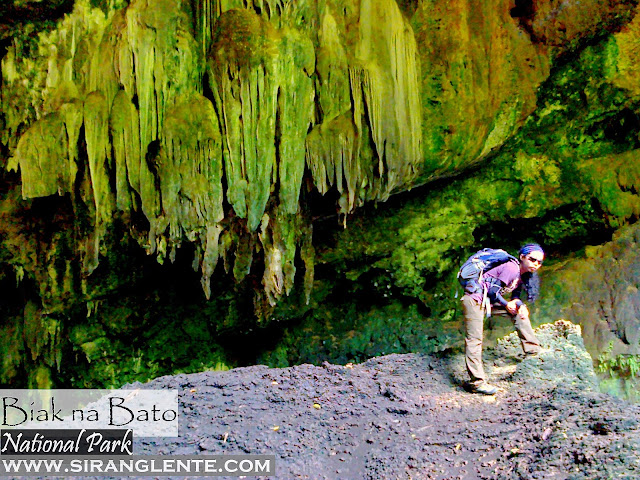
Jump to: About Bulacan | How to Get There | Things to Do in Bulacan | Sample Itinerary | Budget & Expenses | Where to Stay | Travel Tips
About Bulacan
Bulacan, just north of Metro Manila, is known for its deep history, heritage churches, natural wonders, and culinary traditions. Home to revolutionary heroes, beautiful rivers, and adventure destinations, Bulacan offers a mix of cultural immersion and outdoor activities perfect for day trips or weekend getaways.
How to Get to Bulacan
- By Bus: From Cubao or Monumento, ride buses or vans bound for Malolos, Baliuag, or San Miguel (1–2 hours)
- By Car: Via NLEX, exit at Balagtas, Tabang, or Bocaue, depending on destination
- By Jeep/UV Express: Common terminals in North Edsa or Monumento area
Top Tourist Spots and Things to Do in Bulacan
- ⛪ Barasoain Church – Historic church known as the "Cradle of Democracy in the East"
- ⛰️ Biak-na-Bato National Park – Caves, rivers, and trails rich in revolutionary history
- 🏞️ Mt. Manalmon – Crystal-clear rivers and rock formations in San Miguel
- 🌉 Baliwag Clock Tower and Old Church – Spanish-era architecture and local charm
- 🚤 Puning Cave and Bayokbok Falls – Caving, river crossing, and scenic treks
- 🎭 Singkaban Festival (September) – Celebration of arts, culture, and heritage

Sample Bulacan Itinerary (Day Tour or Overnight)
Day Tour (DIY):- 07:00 AM – Depart Metro Manila
- 08:30 AM – Barasoain Church + Malolos Heritage Town
- 10:00 AM – Travel to Biak-na-Bato / Madlum River
- 11:30 AM – Trek, cave exploration, and swimming
- 02:00 PM – Late lunch and local pasalubong shopping
- 04:00 PM – Head back to Manila
- Stay in Dona Remedios Trinidad (DRT) for more nature adventures
- Try riverside camping or stay in eco-resorts near San Rafael
Sample Budget and Expenses
- Transportation (RT): ₱200–₱400 (depends on location)
- Entrance fees (parks/caves): ₱30–₱100
- Guide fee (optional in Biak-na-Bato): ₱300–₱500/group
- Food: ₱100–₱200 per meal
- Total (day tour): ₱600–₱1,000+

Where to Stay in Bulacan
- Budget: DJ Paradise Hotel, Citihub Sta. Maria
- Mid-range: The Greenery in Baliwag, Casa Lina Riverside Resort
- Nature & Glamping: San Rafael River Adventure, Lawiswis Kawayan Resort
Check top-rated hotels and resorts in Bulacan via Agoda
Travel Tips
- Best visited during dry months (Nov to May) for waterfalls and river adventures
- Weekends can be crowded—visit early or on weekdays for fewer crowds
- Bring extra clothes and dry bags when exploring rivers or caves
- Respect local communities and bring your trash back with you
- Try local delicacies like inipit, pastillas, and chicharon
Final Thoughts
Bulacan offers a perfect blend of nature, culture, and history just a few hours from Metro Manila. Whether you're in for a quick heritage walk or a full-on eco-adventure, Bulacan has a lot to offer — from ancient churches to wild rivers and caves. It’s truly a must-visit for weekend warriors and history buffs alike. As someone who has visited all 82 provinces in the Philippines, I’ve created a complete guide to help you explore each one. Check out my Philippines 82 Provinces Travel Guide here.

No comments:
Post a Comment
Enter Comment Below: